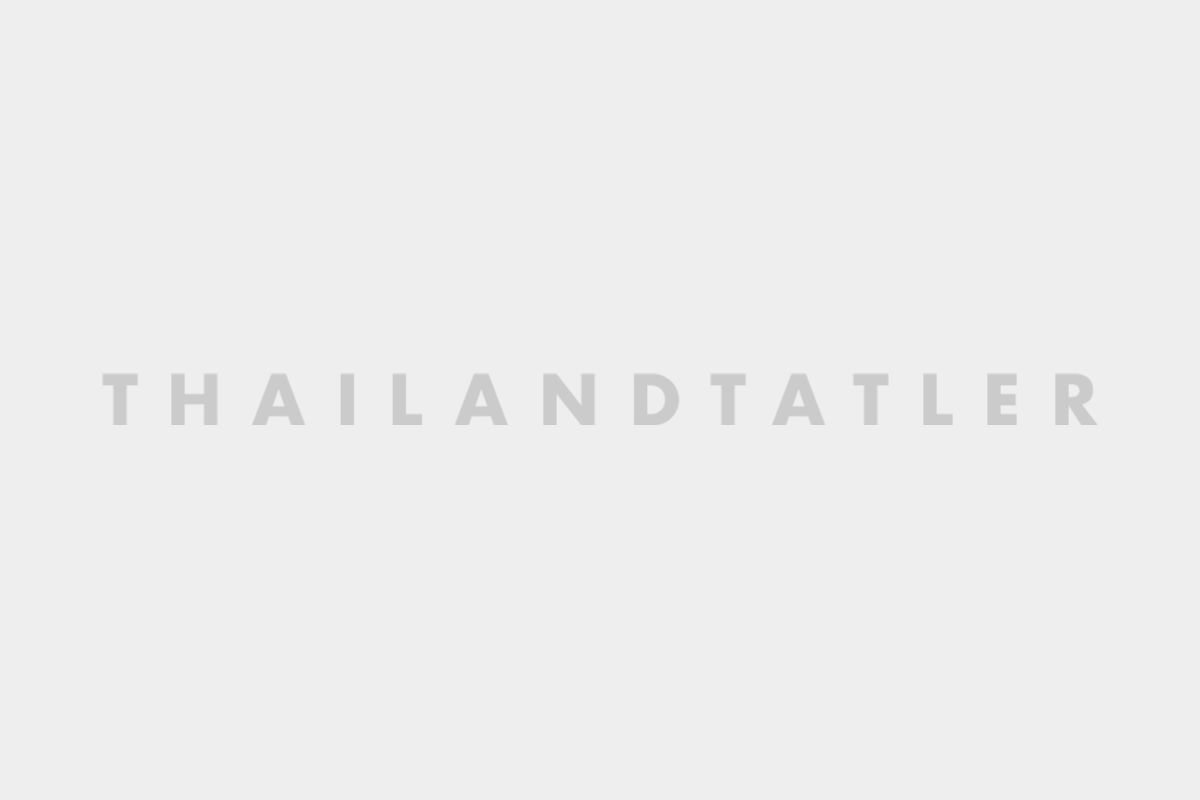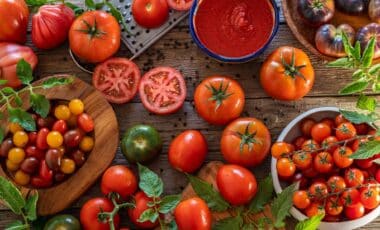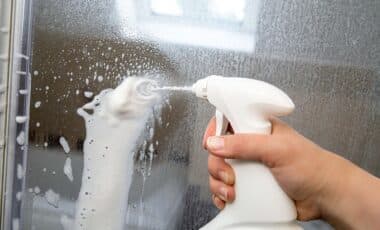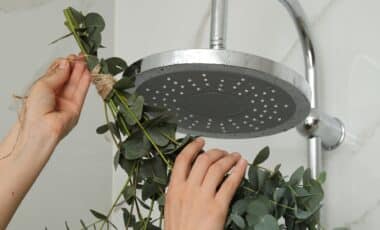 Photo: Courtesy of Wasinburee Supanichvoraparch/BAB2020 By Lekha Shankar January 20, 2021
Photo: Courtesy of Wasinburee Supanichvoraparch/BAB2020 By Lekha Shankar January 20, 2021
An unexpected success-story of COVID-19 was the Bangkok Art Biennale (BAB2020), which was not deterred by the virus. Another unexpected success-story last year were the protest movement, which were also not deterred by the virus. Most interesting to note was the connection between the two events. While one spoke of art reflecting life, it now seems that life was reflecting art.
Dr Apinan Poshyananda, the director of the Biennale stated that “art practices are a form of protest, as they are all conscious of freedom of expression.” It was not a coincidence that 25 international artists of the Biennale took a verbal stance supporting the political protestors, issuing a letter in October before the BAB opened. It read, “As participating artists of the Bangkok Art Biennale 2020, we are deeply concerned about the events that have unravelled in Bangkok over the past days, in response to the ongoing protests calling for democratic change. That many of these events have taken place in the Pathumwan intersection where the Bangkok Art and Culture Centre (BACC), a key venue of the Biennale, is located, makes this response all the more urgent and necessary. As artists we must not only maintain art as a space for reflection and debate on the issues of the day, but also be able to speak directly to the situations that have literally arrived at our doorstep.”
 Dr Apinan Poshyananda, director of Bangkok Art Biennale
Dr Apinan Poshyananda, director of Bangkok Art Biennale
Art practices are a form of protest, as they are all conscious of freedom of expression.
— Dr Apinan Poshyananda
Though many could not attend personally due to the COVID crisis, none of them withdrew from the Biennale, managing to send in their artworks in one way or another.
In October last year, huge hordes of protestors “literally arrived at the doorstep” of the Biennale, congregating outside the grounds of the BACC. No doubt they encountered the BAB exhibits on those grounds, including the large banner of famous ’70s peace activist Yoko Ono, the huge sculpture of Thai artist Lolay and the labyrinth installation of Rirkrith Tirvanija. Like the protestors’ words, these were expressions of artists seeking answers to the iniquities of life.
 Image: Courtesy of Lolay/BAB2020
Image: Courtesy of Lolay/BAB2020
The protestors’ gathering at BACC, like at the other venues, was a peaceful gathering, which was why the BAB artists, in their letter, expressed their reservation about the use of force by the police. “We condemn and call for the immediate stop to the use of violence against the protesters and express our support for their struggle for democracy. We further urge the Biennale and the BACC to join us in taking a stand against such violence and affirming the right to peaceful protest,” they said.
“As a foundation, we take a neutral stand,” responded Prof Apinan Poshyanada, but he admitted that the theme of the Biennale, Escape Routes, could be connected to the aim of the protestors. The letter by the Biennale artists, too, mentioned this. “The theme of this year’s Biennale is Escape Routes, which explores how art can help us understand and search for ways out of the many predicaments that we are living through in the world today. We believe that any attempt at imagining the possible futures that lie ahead of us, must begin by confronting our present realities.”
 Image: Courtesy of Yuree Kensaku/BAB2020
Image: Courtesy of Yuree Kensaku/BAB2020
Well-known Thai artist Lampu Kansanoh’s artworks included a large painting of the protestors and also a portrait of the Thai Prime Minister. “I don’t think my paintings can change or reform politics,” she says, “but at least they reflect the angle of one person who disagrees with the status quo,” she stated.
Thai-Japanese artist Yuree Kensaku, who did a French residency at La Rochelle, has many artworks portraying the French liberty movement. She says freedom is basic to any country around the world, which is why she really connects with protestors.
Multi-disciplinary Thai artist Michael Shaowanasai’s artworks portrayed monks, gay men and go-go girls, expressing his desire for equality in society, which, he stated, was what the protestors wanted too.
Thai artist Charit Pusiri, whose photographic box-installation, Peek, was one of the popular artworks of the Biennale, says that freedom of expression is a natural trait for human beings that artists often take for granted.
Ratchaburi artist Wasinburee Supanichvoraparch’s porcelain tanks (featured at the top of this story) spurred a New York Times reporter to compare it to the protestors and the police. The artist said his motives were strictly ‘cultural’, but that the public is free to interpret the tanks in whatever way they want.
Well-known film-maker Penek Ruttunaruang’s video portrays two soldiers escaping their duties to ‘escape’ to a safe and peaceful forest.

Dialogues are essential. It’s time for everyone to do some soul-searching.
— Dr Apinan Poshyananda
Among the young, new names is a brilliant multi-disciplinary artist from India, Sarah Naqvi, who states that “art needs to be a safe space where protests are mobilised and resistance thrives.” This was reiterated by the artists’ letter: “As artists, we thrive in a society that supports our ability to speak out and speak to the times in which we live. Such a society is one that meets calls for progressive change, not with a crackdown but a commitment to building understanding, dialogue and collectivity.”
Dr Apinan admits that “dialogues are essential. It’s time for everyone to do some soul-searching.”
That’s why the protest movement in the city was, in many ways, symptomatic of the art movement at the Biennale; one of the few times when life reflected art.
 Image: Courtesy of Lampu Kansanoh/BAB2020
Image: Courtesy of Lampu Kansanoh/BAB2020
See also: 5 Bangkok Exhibitions Not To Miss This Festive Season







